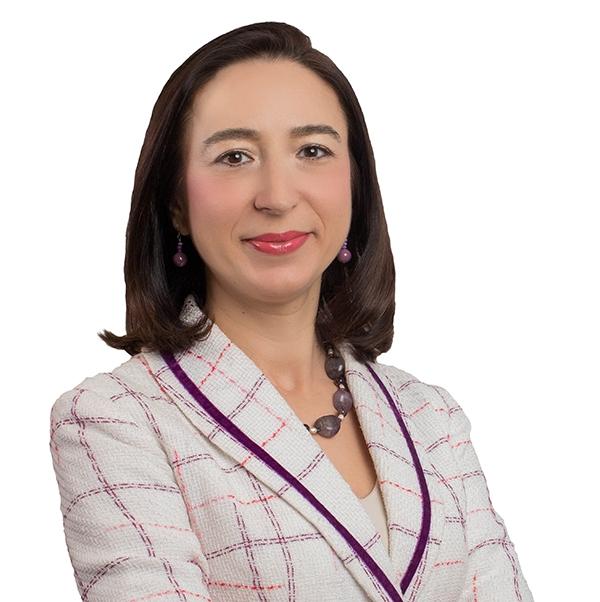Broader understanding
As W&I has become more widely available and used across the region, in Poland, Hungary, Romania, the Czech Republic and Slovakia, expertise has increased and practitioners have adapted their services to the needs of individual markets. Real estate was an early adopter, thanks to the high proportion of institutional investors in the sector, while another driver has been the growing presence of private equity firms in the M&A market, where warranties and indemnities allow funds to make a clean exit.
Piotr Nowicki, counsel in the CMS tax team, Poland, said: “W&I insurance and tax liability insurance remains a popular tool for dealmakers in Poland and has been a part of the Polish M&A market for almost a decade, led by the booming Polish real estate market.”
In Romania as well, Rodica Manea has seen the rising use of W&I insurance, including with a focus on real estate and private equity or institutional investors. She has observed: “In line with current trends on the Romanian M&A market, the industry sectors most active in using W&I insurance proved to be real estate, technology, manufacturing, and healthcare. Notably, we have seen increased appetite in sectors where insurers have historically shown less interest, in particular renewables.”
In the not-too-distant past, W&I insurance may have required an introduction and education even for experienced deal professionals, whereas now an expanding number of investors, corporate advisers and lawyers are familiar with the concept and the products. In a growing global market for W&I insurance, the industry itself has become more aware of the attractions of emerging Europe as a place to do business and underwrite risks, creating a community of brokers and underwriters with a deeper understanding of the needs of the region.
Piotr Nowicki added: “At the same time, the focus of underwriting is also extending and underwriters pay close attention to the quality and scope of not only the legal, but also the financial and tax due diligence. The increasing interest in W&I insurance has also led to further enhancement of the product itself. They are becoming more comprehensive with fewer exclusions.”
In Slovenia, according to Sasa Sodja, CMS partner, although such policies have been around for some time, they are not yet a standard solution, partly because of unfamiliarity with the product and, in the case of some insurers, unfamiliarity with the jurisdiction. She added: “Nevertheless, the Slovenian market is increasingly exploring W&I policies as an alternative to escrow accounts and hold-backs in higher value transactions.”
Blazej Zagorski said: “We see lots of capability locally that can drive this tool, and as the market becomes more mature, it can be used to mitigate a growing number of risks that might be identified in the due diligence process.”









%20(2).jpg?v=1)
Social Media cookies collect information about you sharing information from our website via social media tools, or analytics to understand your browsing between social media tools or our Social Media campaigns and our own websites. We do this to optimise the mix of channels to provide you with our content. Details concerning the tools in use are in our privacy policy.